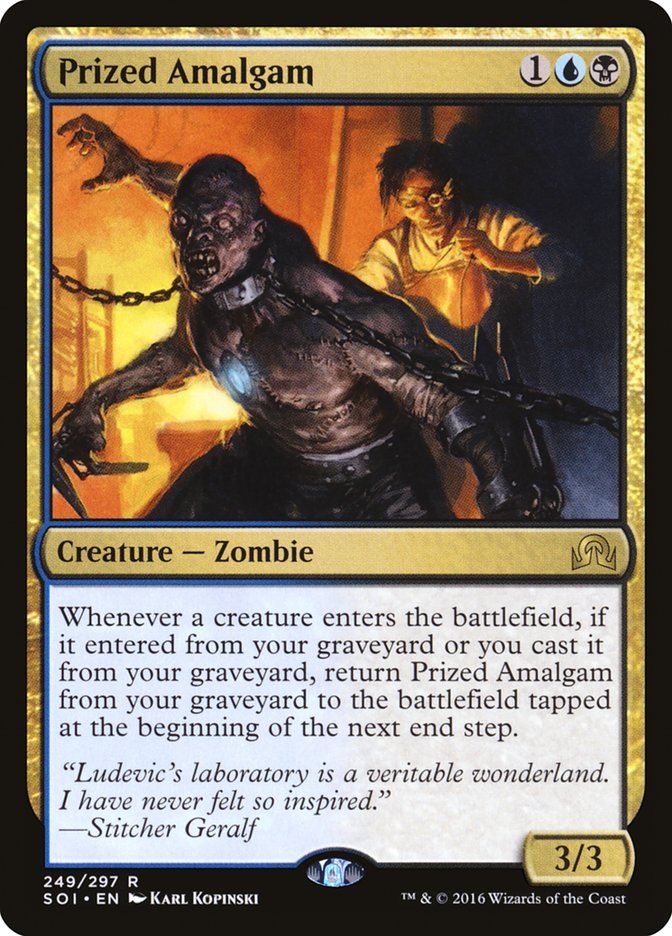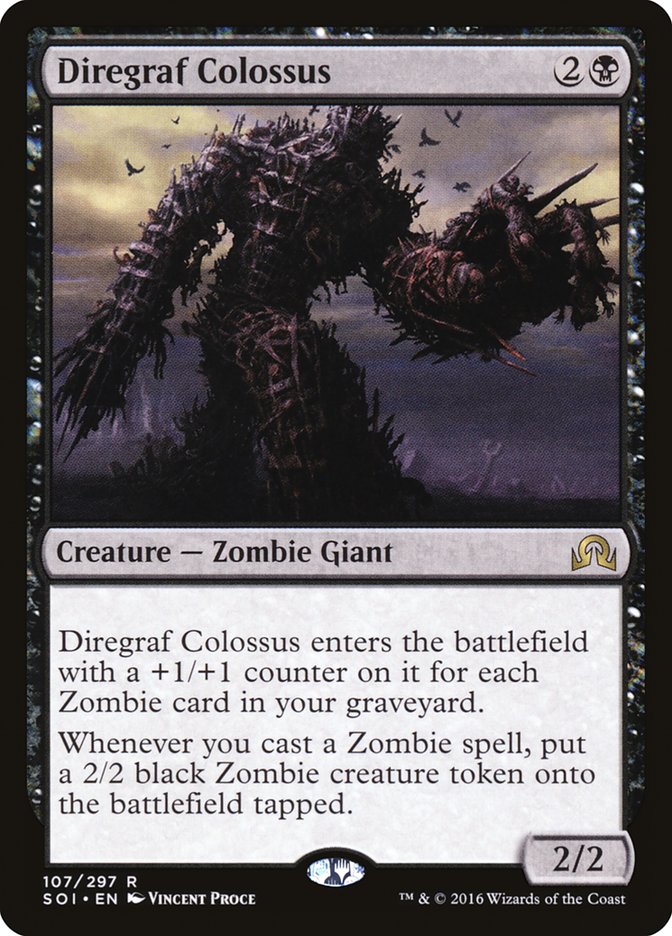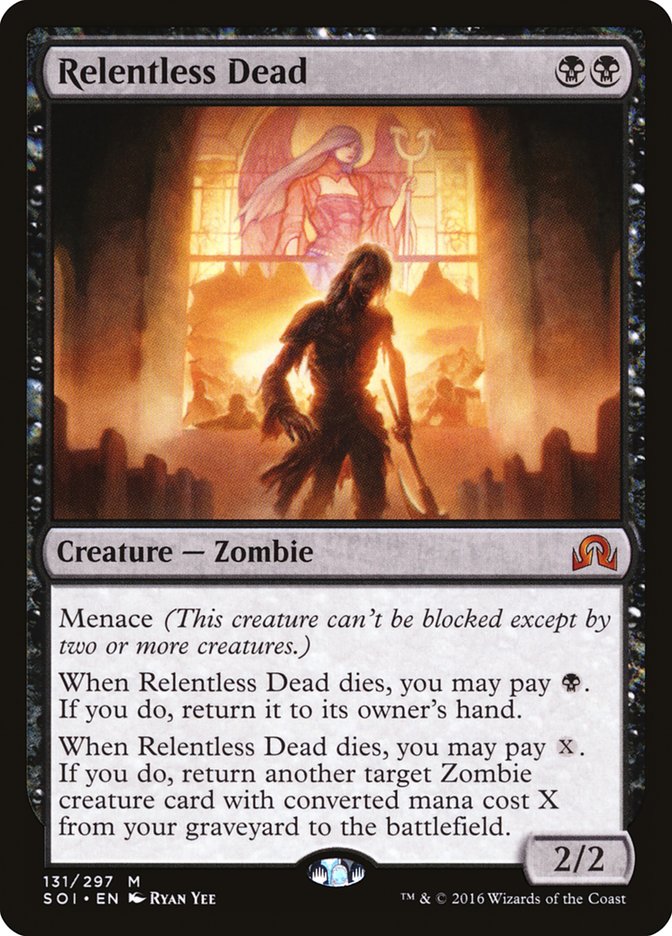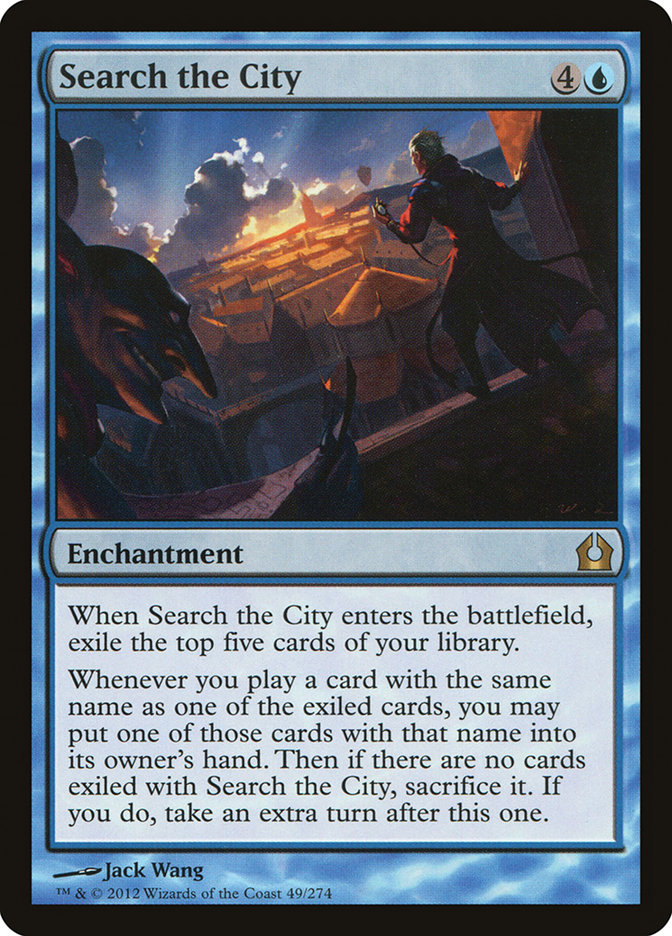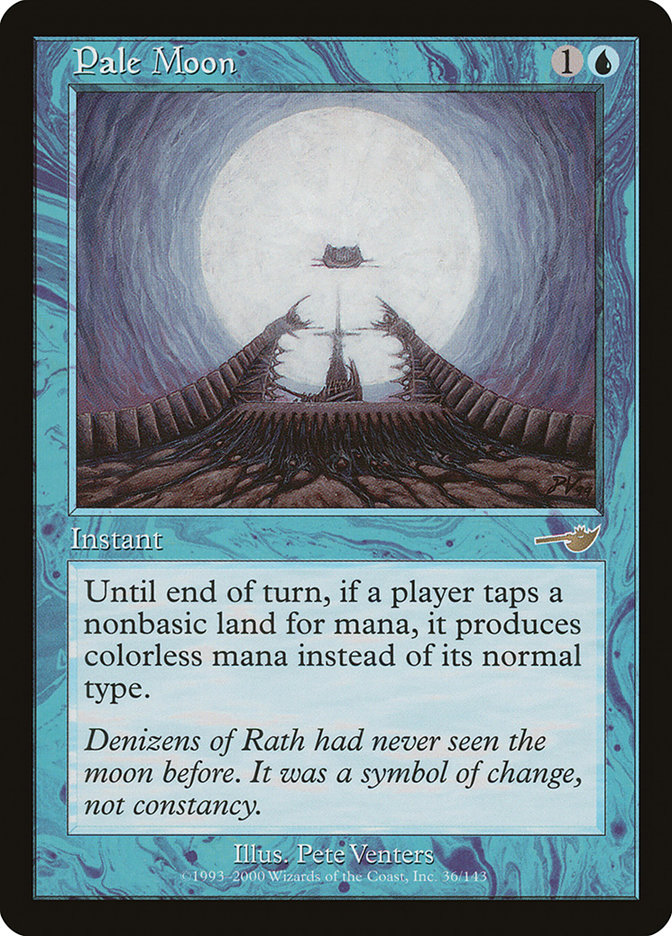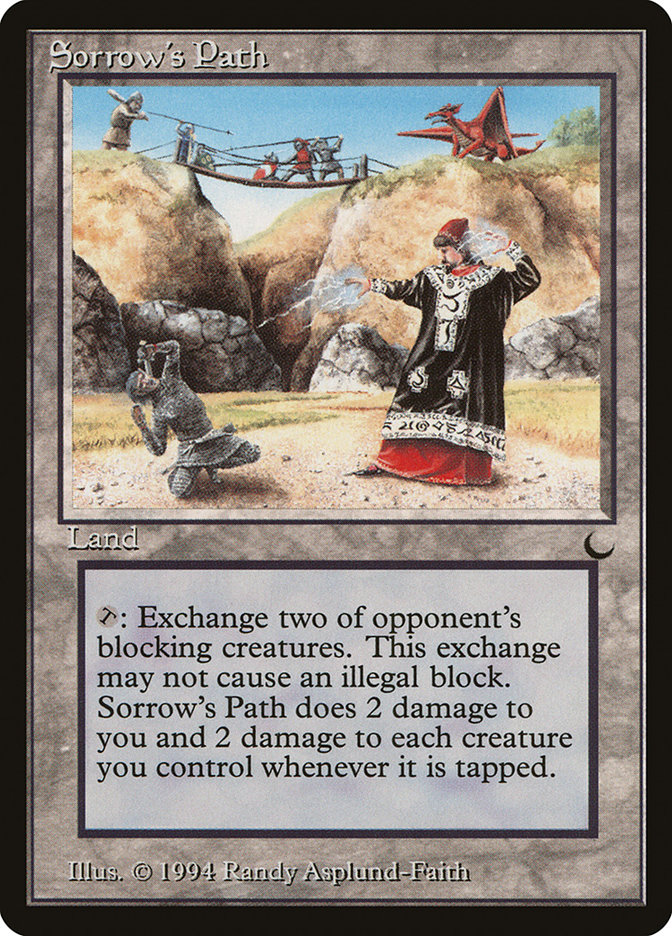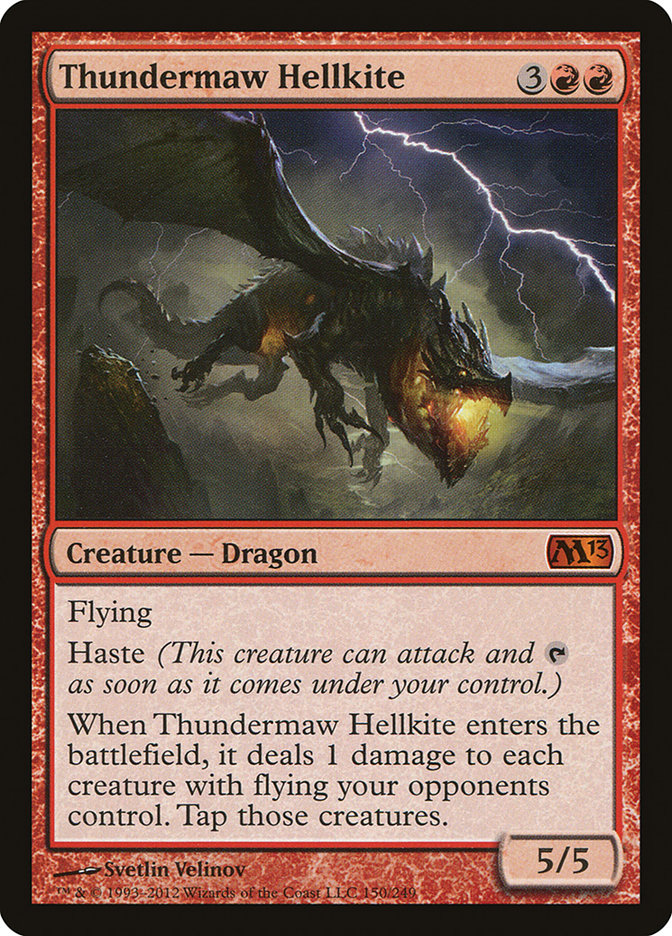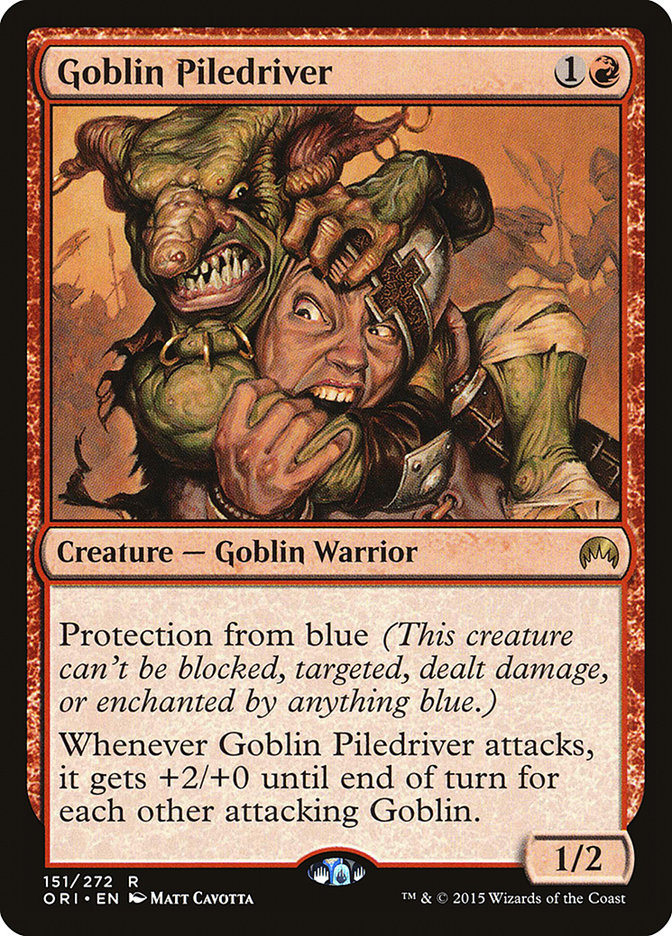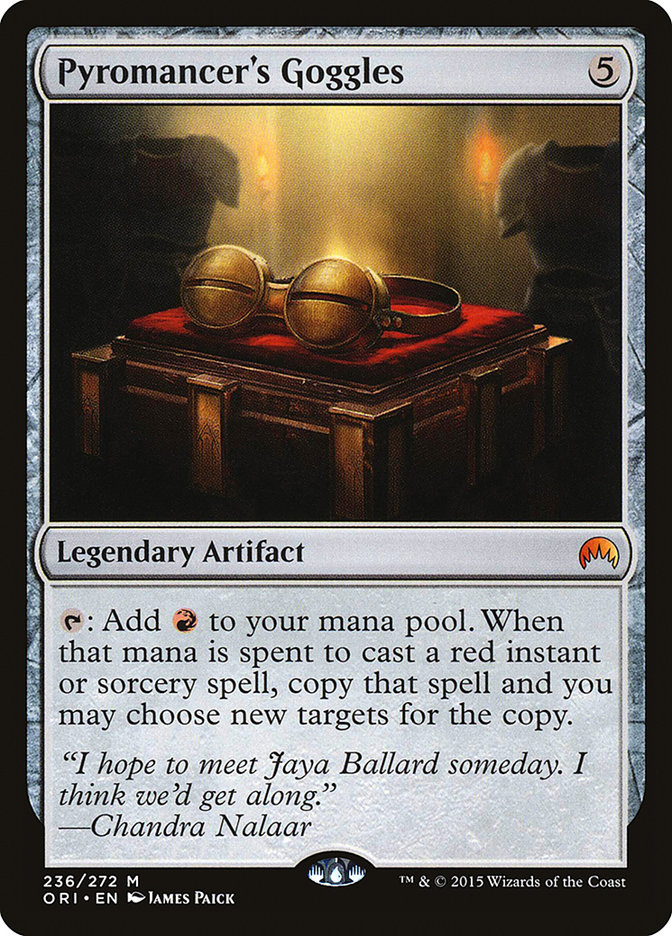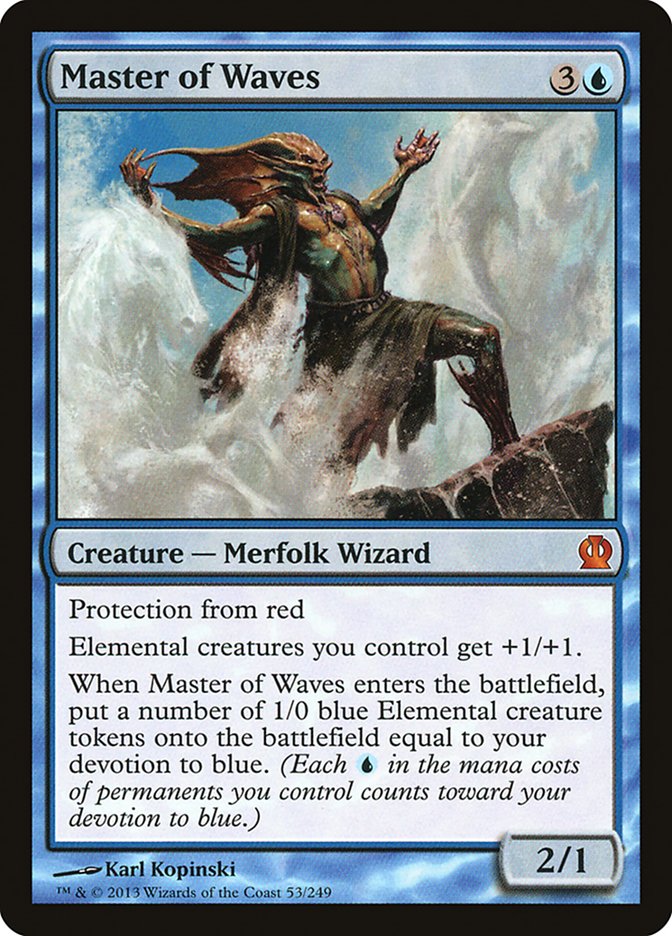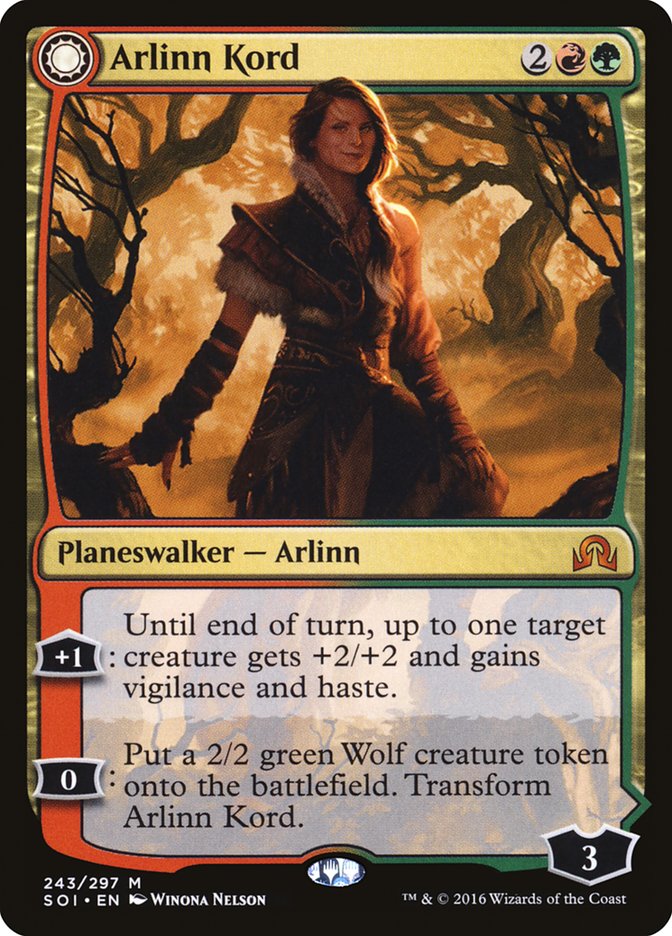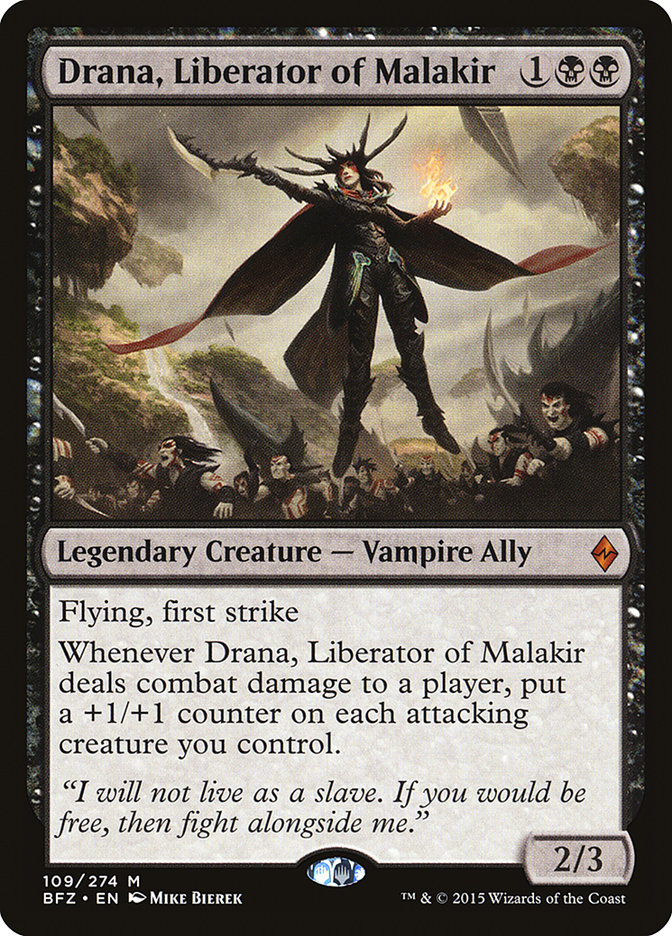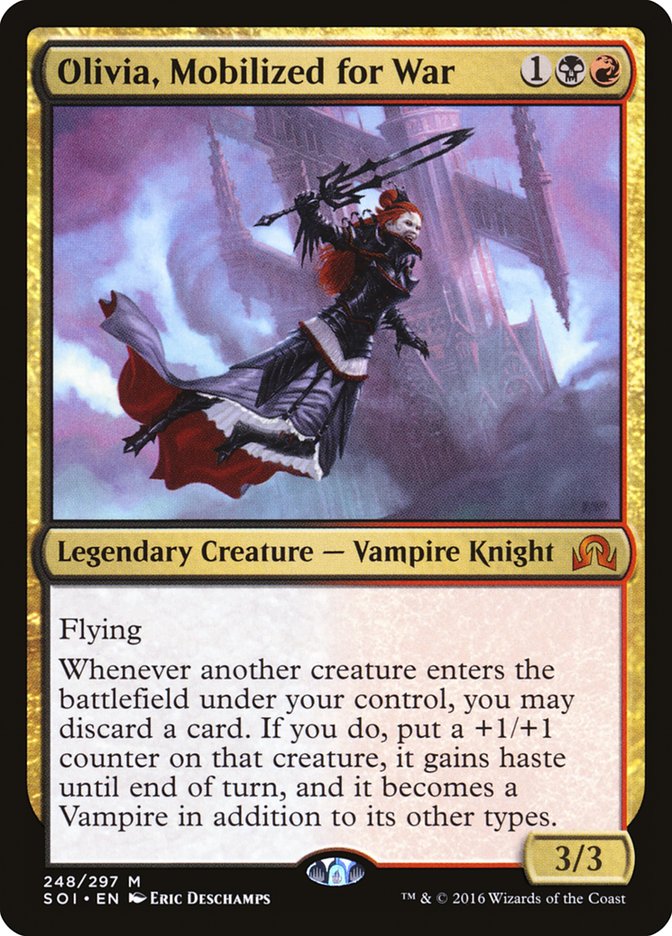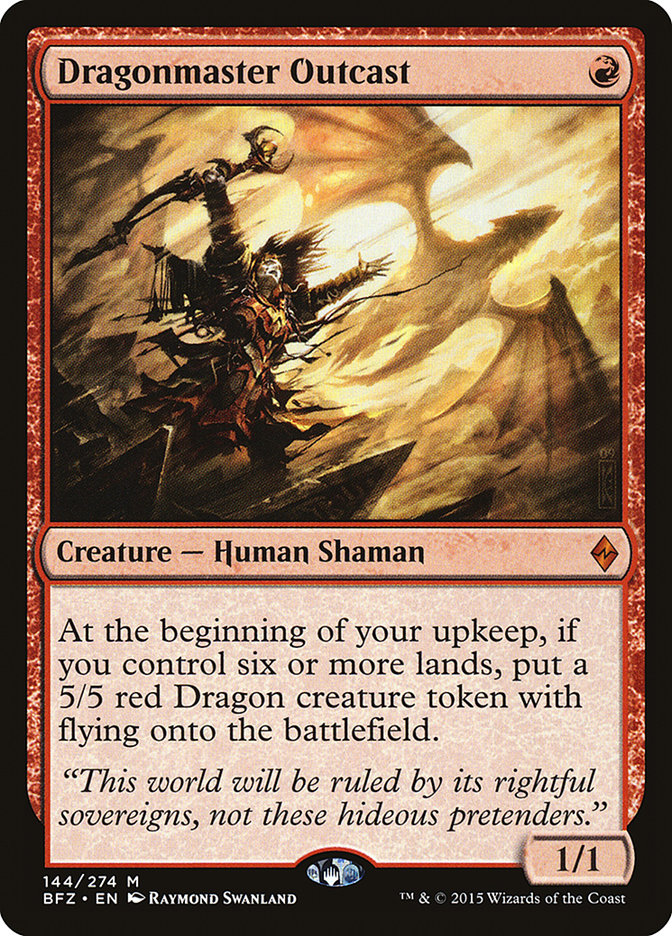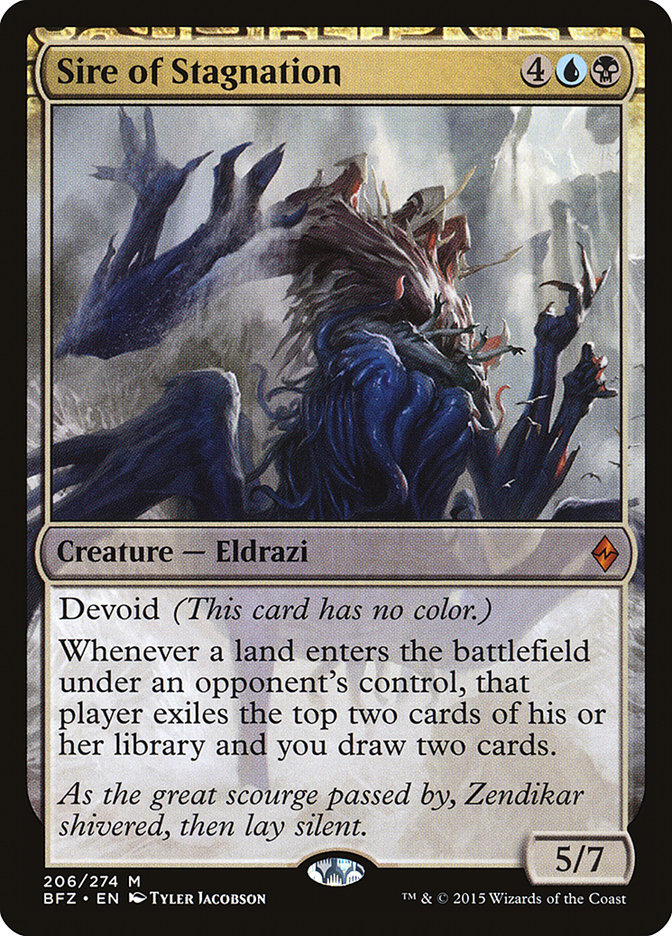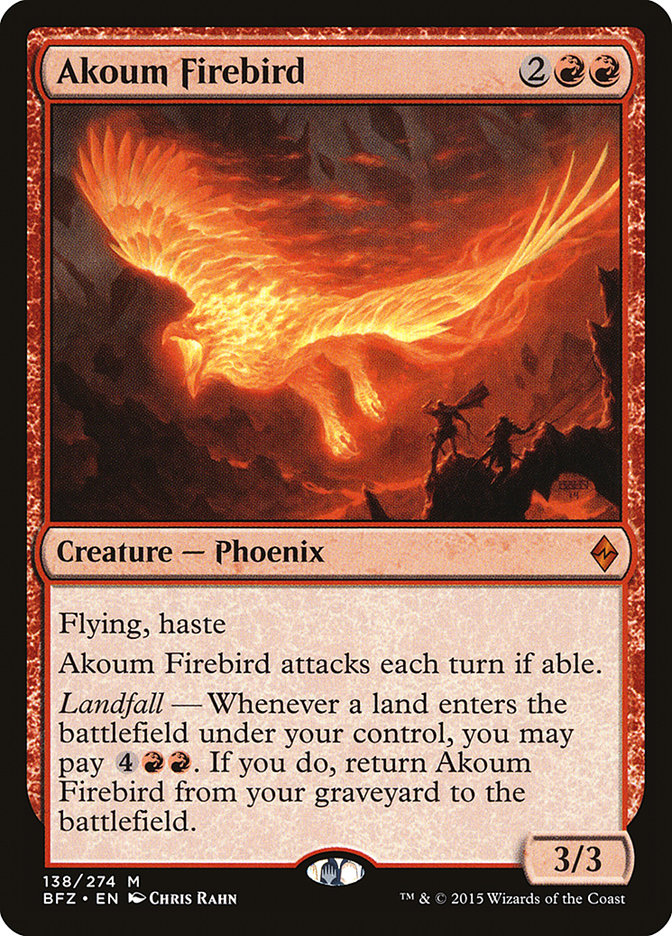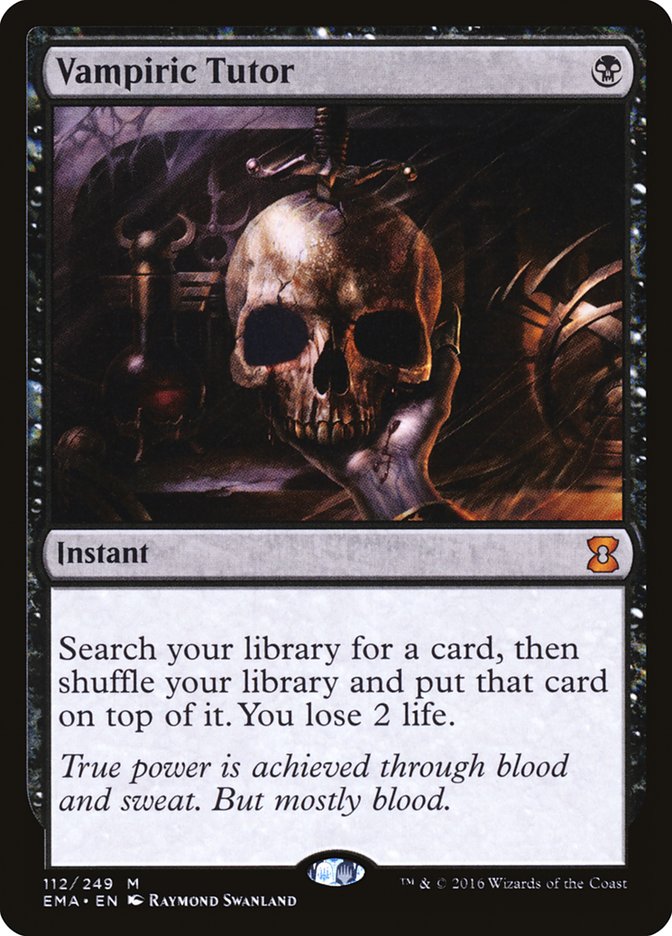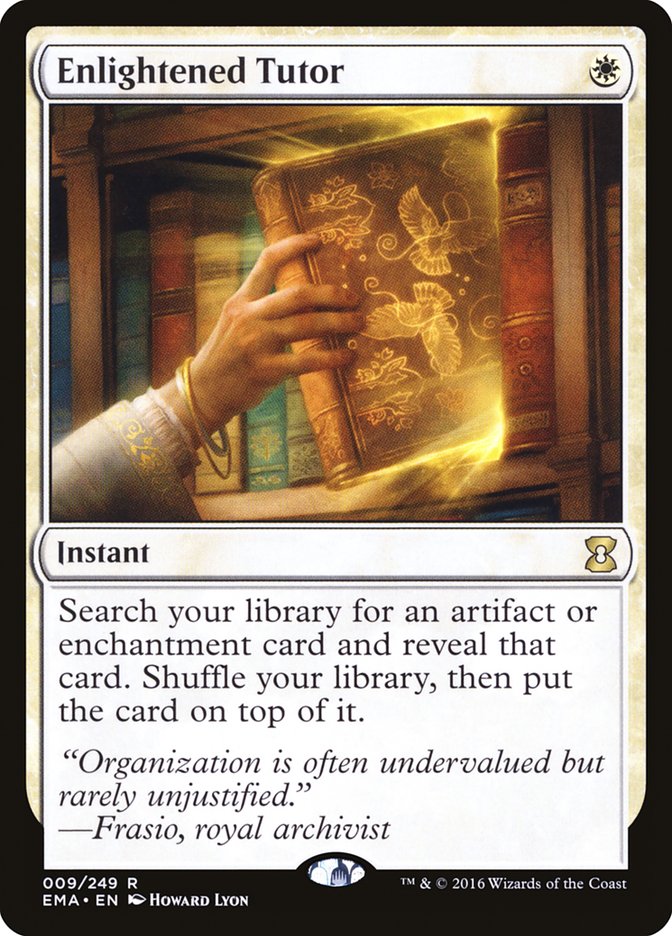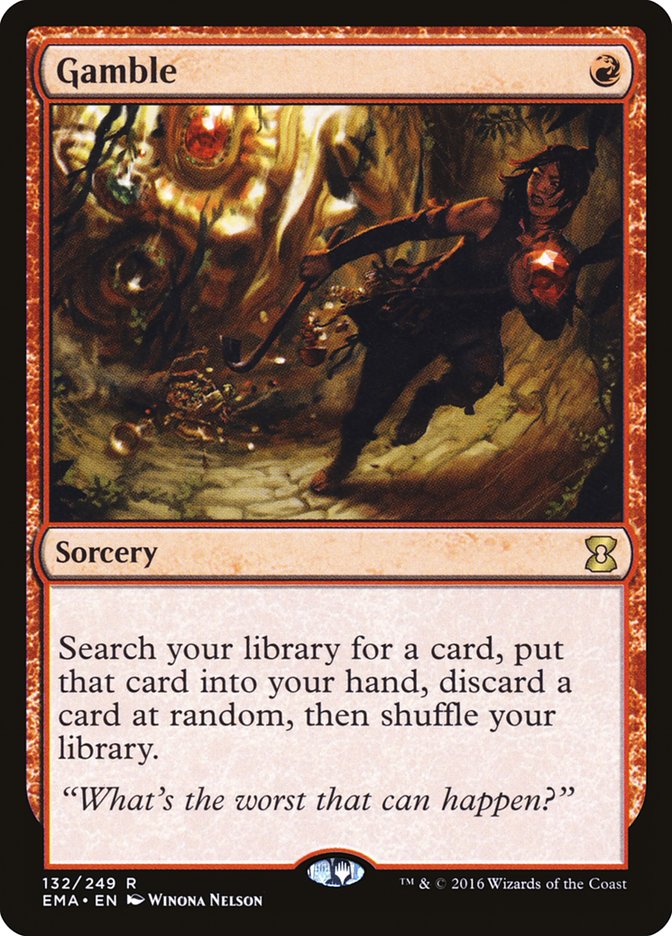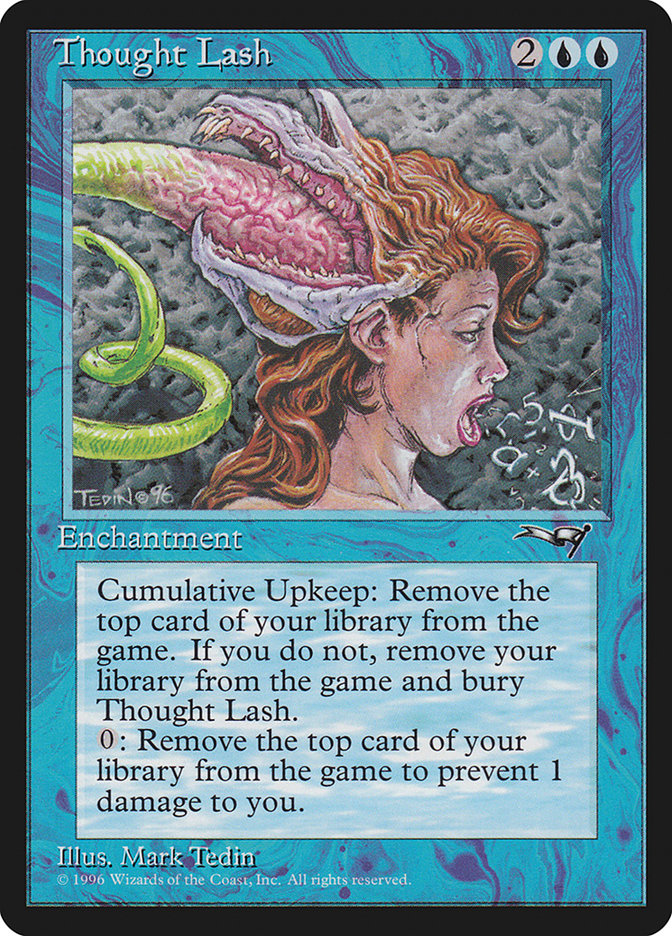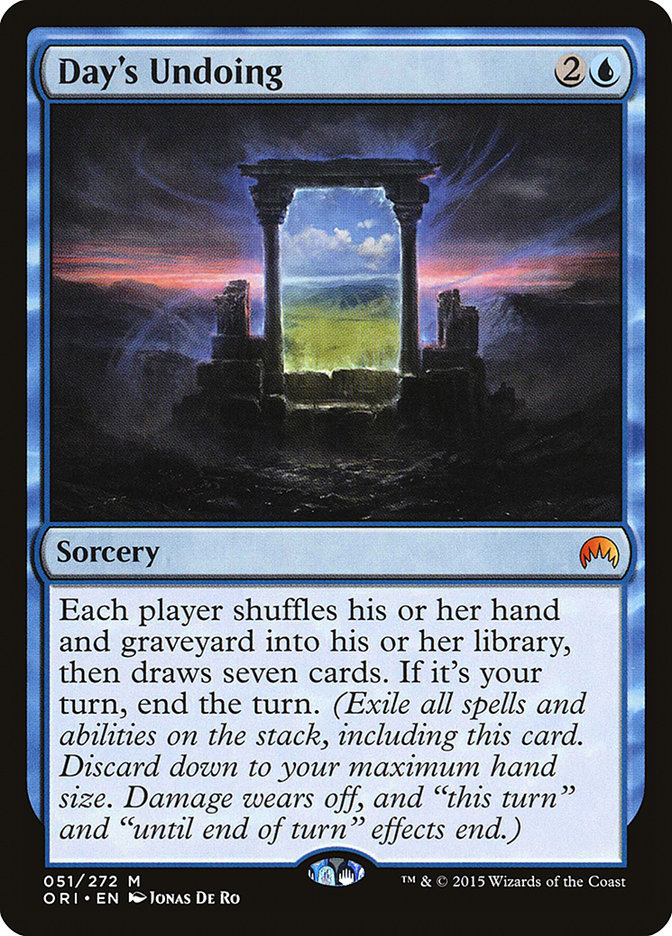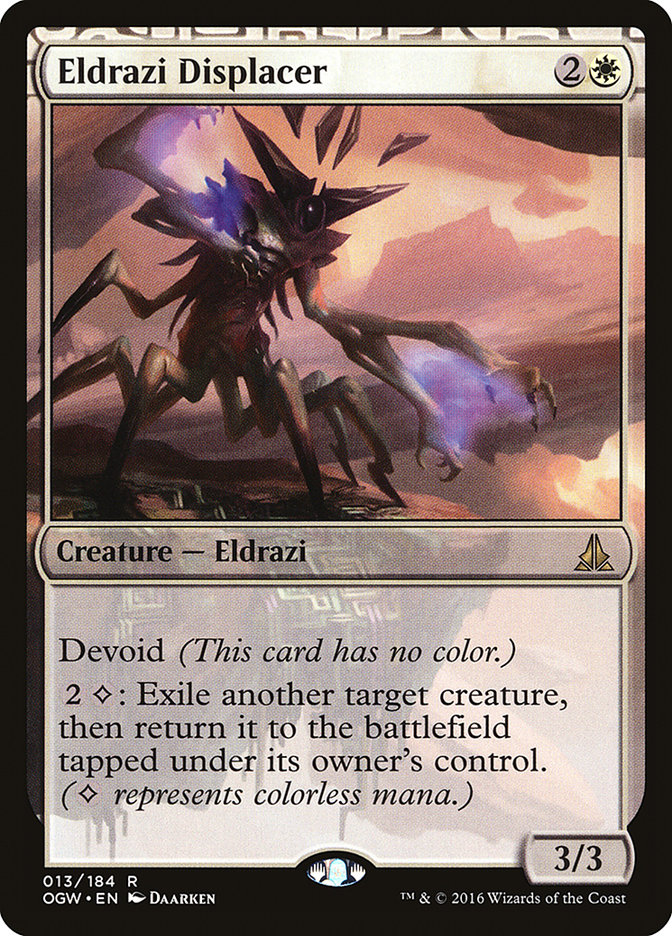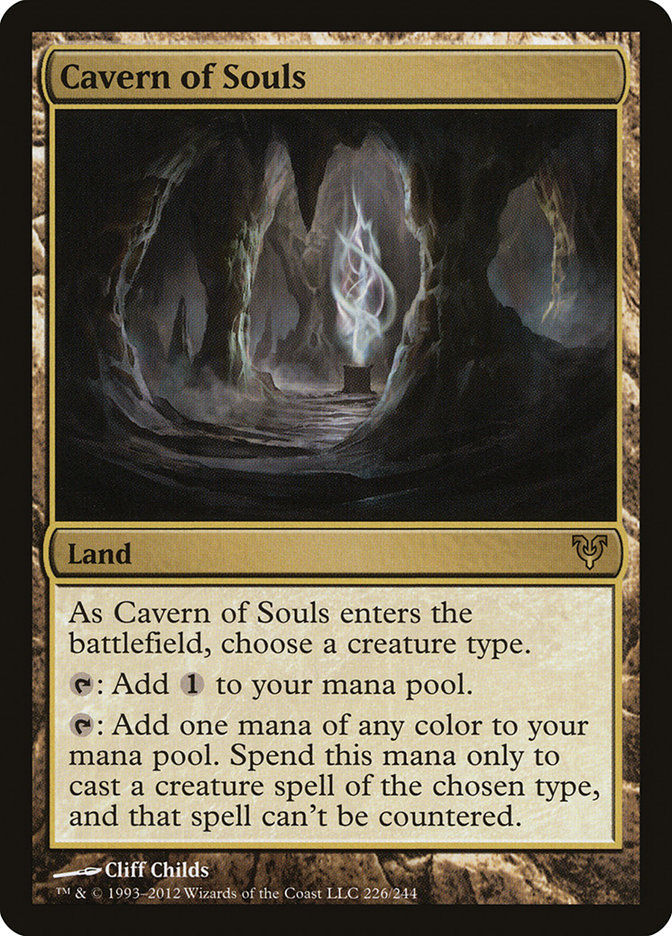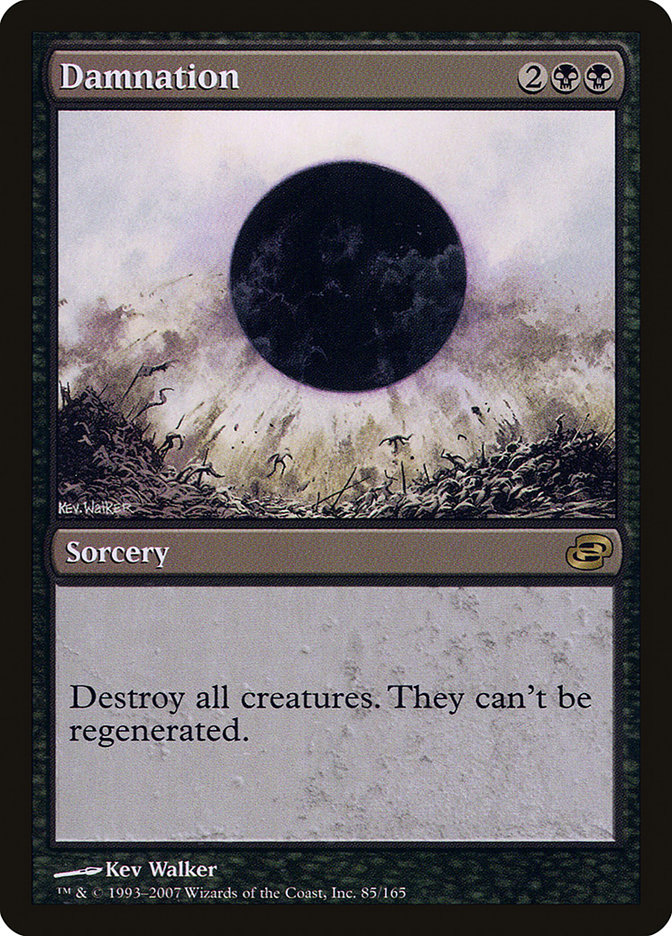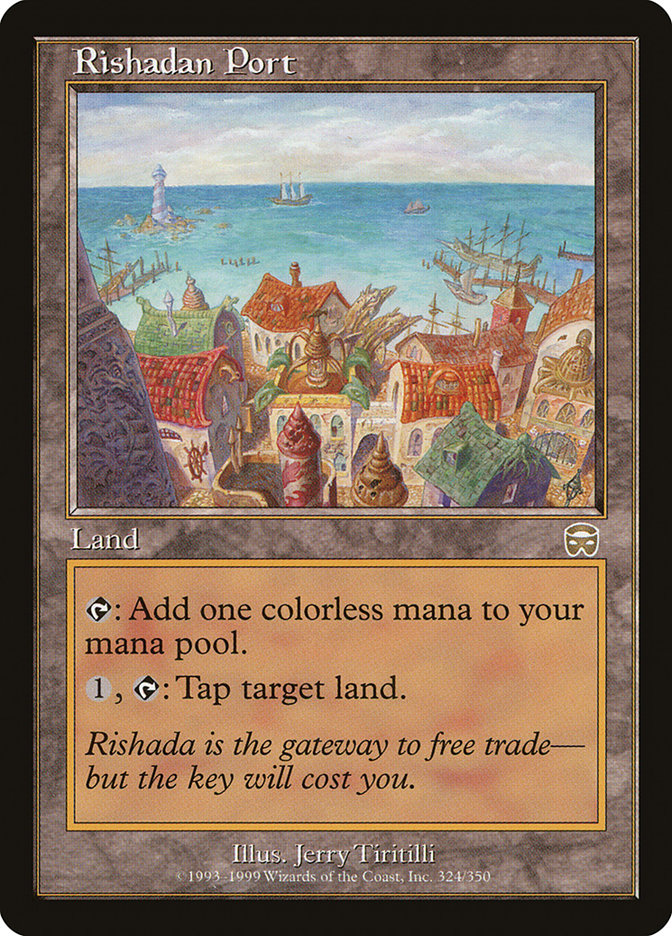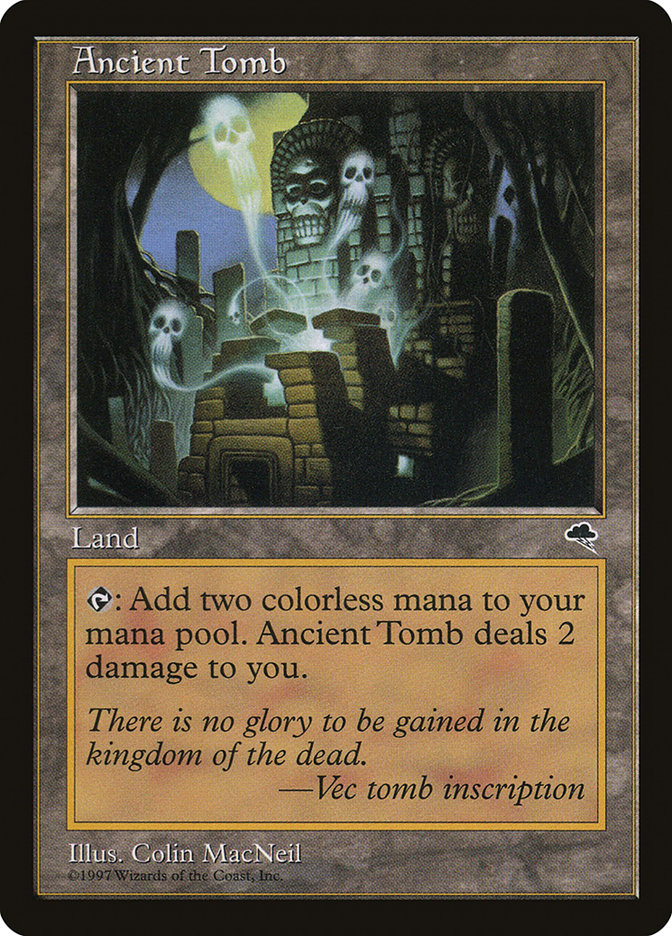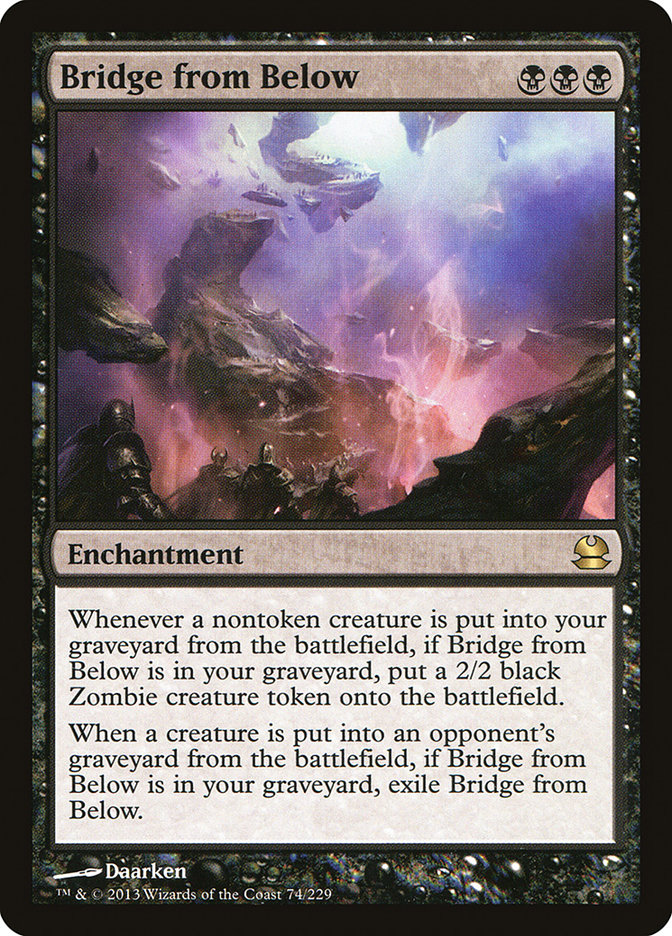One week from today, preview season will begin for Eldritch Moon. And knowing Wizards of the Coast’s love of teasers, I wouldn’t be surprised if a couple of new cards are waiting for you over at the mothership this morning. After a fairly steady stretch of strength for G/W Tokens, Magic’s most popular format is about to receive an infusion of fresh blood. I can’t wait to see what happens next.
Before we all start fawning over the latest chase cards, though, I want to take a week and focus on all the Standard mythic rares we’ve left behind. I’m not talking about format staples like Archangel Avacyn and Gideon, Ally of Zendikar; everybody knows how good those cards are, and their utility is accurately reflected in their current price tags. I’m talking about the Akoum Firebirds and Greenwardens of Murasa of the world, once-promising cards that the metagame has more or less passed by. Many of these cards have a year or more of Standard legality left, giving them an incredible amount of financial upside if everything breaks right. Are there any future format staples hiding among their ranks? Let’s find out.
Why Focus on Mythics instead of Rares?
Speculating on rares tends to work better when you’re pre-ordering cards from a set that isn’t out yet. That’s because the rares that tend to be worth big money are obviously good in many different decks—things like Declaration in Stone, Tireless Tracker, Westvale Abbey, and Collected Company. These cards rarely slip through the cracks for months at a time.
There are certainly some undervalued rares right now, and they will spike thanks to whatever new archetypes emerges from Eldritch Moon. But these will probably be single-deck cards with limited upside—Prized Amalgam if Zombies makes it big, say. These cards will probably see quick buyouts and a quick market correction that will make it hard for you to turn your specs around in time.
Remember: if someone is actually building Zombies, they’ll need four copies of Relentless Dead in addition to their Prized Amalgams. The mythic is going to be much harder to get, and it’ll hold its value a lot better because of it. When speculating on cards that have been kicking around for a while, always go with the mythics.
Are Forgotten Mythics Just Bad Cards?
Of the fifteen mythic rares in Battle for Zendikar, ten of them are currently worth three dollars or less. How many of these mythics would be good with a few tweaks to the metagame and given the right supporting cast? How many are just bad cards?
The problem is that the difference between “good in the right situation” and “actively bad” isn’t a line but a continuum. I’m sure you could create a metagame where Search the City was an all-star, but it would require a very (very, very, very) particular set of circumstances. Every card has the potential to be good in the right situation, but only some cards have a realistic shot at Standard greatness.
On one end of the spectrum are cards like Jace, Vryn’s Prodigy and Archangel Avacyn. Both cards perform better in optimal situations (Jace was far stronger when you could run a dozen fetchlands in your deck) but neither requires all that much help to pan out. They’ll still be strong in most suboptimal situations.
On the other end are cards like Pale Moon, Sorrow’s Path, Search the City, etc. It is very hard to divine a scenario where any of these cards will be good. These cases exist in theory, but you could probably simulate a couple hundred years’ worth of Standard formats before you found them a good home.
Cards on the Jace end of the spectrum tend to be discovered either during spoiler season or shortly thereafter. These cards are the reason why people love to pre-order mythic rares; anyone who got in on Jace or Archangel Avacyn early enough is probably pretty happy with that decision. By the same measure, cards on the Search the City side of the spectrum are pretty easy to identify early on as well. The worst Magic cards are pretty obvious to anyone who has been playing the game a while.
Every other card, though? That’s where you end up having to think about questions of metagame and supporting cast. Thundermaw Hellkite, one of the best finishers in Standard history, didn’t see play for half the time it was in Standard because it had to deal with Snapcaster Mage plus Vapor Snag.
Goblin Piledriver defined Standard the first time it was printed, and it didn’t make a peep this time around. You could make a good argument that the raw power level of a card has very little to do with its ultimate fate in the metagame.
Let’s use Undergrowth Champion as a current example of this. Undergrowth Champion was one of the most expensive mythics in Battle for Zendikar when the set was released. It’s just $2.25 now. Why? Was the card a whole lot worse than people thought it was, or is the metagame just not very friendly to a creature with Undergrowth Champion’s particular skill set right now?
It’s easy to just say “bad card is bad” and move on, but at this point we should know not to do that. Owen Turtenwald is several orders of magnitude better than me at Magic, and when BfZ first came out he wrote, “Undergrowth Champion is completely ridiculous. No matter how good you think it is, it’s even better than that.” I’m not quoting Owen here to pick on him in any way, I just want to point out how hard it is to evaluate cards and how metagame-dependent card evaluation really is.
In theory, evaluating an existing mythic rare should be a lot easier than evaluating one that has just been spoiled. Spoiled cards are all dreams and potential—nobody has had a chance to play with them yet, so they could be the second coming of Jace, the Mind Sculptor.
In order to evaluate a brand-new card, you not only have to try and intuit what Standard might look like but whether the card in question will actually play the way it should. Existing cards don’t have that problem. We’ve got actual data—months and months of it—to evaluate. Shouldn’t that help us out here? At least a little?
The answer appears to be both yes and no. Data does help, and I bet those of you who have played multiple games of limited with Undergrowth Champion or have tested with it in Standard have a better sense of what the card can and cannot do than those of you who haven’t. Tournament results help as well—if a card is showing up as a four-of in multiple Tier 3 decks, it’s probably one or two pieces away from breaking through.
On the other hand, I think our cognitive biases hurt us a lot here. Much like we tend to be too optimistic about new cards, we tend to be too negative about existing ones. After all, how can a card that has been around for months without finding a home suddenly become one of the pillars of Standard? People underestimated Pyromancer’s Goggles for weeks after its first major win because of this.
When analyzing forgotten mythics for potential value, these are the criteria I like to use:
How big was the initial hype? Hype doesn’t come from nothing. If a mythic started at $20 or $30 and sank to bulk status, that means that a lot of people were excited about the card at one point. I’m going to assume that most of these people had good reasons for liking the card, some of which might come to pass after rotation. I’d rather invest in a card like this than one that has been bulk since the day it was spoiled.
How much play does it see right now? Does the card regularly show up in competitive decks despite not being worth that much? Again, a lack of play doesn’t mean that a card can’t break out; Pyromancer’s Goggles didn’t see much play until suddenly it did. I’d rather invest in cards that have shown me they have at least a little game in high level events, though.
Will Commander players want it two years from now? This is a big one. There’s a large difference between a mythic that will always be bulk versus one that should hit $5-$6 at some point even if it doesn’t pan out in Standard. Cards that are very good in Commander are solid specs in their own right, and they help get my risk profile as close to zero as possible.
Is it a linear archetype staple? The most important criterion of all, because it only requires other people to start buying into the hype of a new deck. For example, Master of Waves spiked when Shorecrasher Elemental was spoiled because it was clear that a good Shorecrasher Elemental deck would also need Master of Waves. It’s a lot easier to envision a deck built around Olivia, Mobilized for War plus a new mythic Vampire than a deck build around Quarantine Field plus a new mythic…I don’t know, generic white enchantment?
Practical Evaluation
Using these criteria, let’s see if we can find some interesting spec targets in Battle for Zendikar, Oath of the Gatewatch, and Shadows over Innistrad. I’m not going to look at cards in Magic: Origins or Dragons of Tarkir right now; people aren’t going to be as excited about cards that are only a few months away from rotation, even if they create a powerful interaction during that short window of overlapping legality.
I’ll use letter grades, mostly because giving something an F is a lot more satisfying than giving it a zero. Curious about a card I didn’t mention here? Feel free to take these criteria and do some evaluation yourself. That’s why I went into so much detail before getting to the cards themselves—I’d rather teach you how do to this than just list a bunch of mythics I like, which would have been a very short and boring article.
Arlinn Kord – $13.99
Initial Hype: A. Arlinn Kord was a $40 card when she was spoiled. People (including me) thought she would be the most impactful card in the set for Standard.
Current Play: B+. Arlinn Kord actually shows up in quite a few good decks, including Naya Planeswalkers, Naya Aggro, Naya Midrange, and Jund Midrange.
Commander Demand: B+. Flip cards and planeswalkers are both very popular in Casual circles. The multicolored mana requirement hurts, though.
Linear Archetype Staple: B+. Arlinn Kord isn’t technically a card that requires other Werewolves, but she would slot very nicely into some sort of formal R/G Werewolf deck.
Overall Grade: B+. Arlinn Kord certainly has the look of a card that could be a major post-hype sleeper. At $14, though, she’s pricier than any other card on this list. I’d describe her as more of a moderate-risk than a low-risk buy, but that doesn’t mean the upside isn’t real.
Relentless Dead – $7.99
Initial Hype: A-. Relentless Dead was a $20 card during the pre-order period.
Current Play: C-. Relentless Dead shows up in B/U Aristocrats and B/U Zombies, but neither deck has done much of anything so far.
Commander Demand: C. Relentless Dead is a solid engine and a must for any Zombie deck in Commander, but the average black deck doesn’t want this.
Linear Archetype Staple: A. If Zombies end up being a tier one Standard deck, it wants four of these.
Overall Grade: B-. This is a weird one. The hype and archetype staple scores are high, but it’s got a low floor and it’s never done much of anything in Standard.
Drana, Liberator of Malakir – $7.65
Initial Hype: A-. Drana pre-sold between $25 and $30.
Current Play: C. She makes the occasional appearance in R/B and W/B Vampires decks, but she’s generally not a four-of and often she’s in the sideboard. These decks have also yet to do all that well.
Commander Demand: B. Being legendary helps a lot, but black aggro isn’t a popular strategy in Commander.
Linear Archetype Staple: B+. I’m worried about the fact that most of the existing Vampire decks don’t seem to be using more than one or two copies of Drana, if that. Will people care, though? On paper, she’s the ideal linear archetype staple for a deck that just hasn’t gotten there yet.
Overall Grade: B. This would be a very strong buy at $2-$3, but I’m not sure I can recommend it at almost $8. Your risk is just a little too high.
Olivia, Mobilized for War – $5.99
Initial Hype: B+. Olivia was one of the most-anticipated cards in the set.
Current Play: C-. There are a few R/B Vampires and R/B Aggro decks that run Olivia, but they haven’t done very well for themselves.
Commander Demand: C-. A few Commander decks want Olivia very, very badly. Most don’t want her or can’t cast her.
Linear Archetype Staple: A-. I strongly suspect that Olivia will spike as soon as the first good Vampire in Eldritch Moon is spoiled. I’m a tad concerned that she’s legendary, though, because it limits her upside to 2-3 maindeck copies unless she ends up being the best card in her deck.
Overall Grade: C+. I thought that Olivia would rank higher, but lack of current play and not being a top tier Commander staple hurts. I still think she’s a strong buy at $6, though; it’s likely that my methodology needs to apply a stronger weight to the categories that matter more.
Dragonmaster Outcast – $2.79
Initial Hype: C-. Dragonmaster Outcast was actually undervalued at first. It was dismissed as more or less a casual card until appearing at Pro Tour Battle for Zendikar.
Current Play: B. Dragonmaster Outcast is a pretty popular sideboard card, appearing in most of the decks that run red. Unfortunately, red isn’t great right now.
Commander Demand: A. Dragonmaster Outcast already has a history of being a very good Commander card. A second printing won’t change that.
Linear Archetype Staple: D. Dragonmaster Outcast isn’t really part of a specific archetype.
Overall Grade: C+. Not bad, but we’re relying on Commander demand and current sideboard play to carry the grade here. That said, I think it’s being unfairly penalized by the lack of initial hype.
Sire of Stagnation – $1.99
Initial Hype: B. Sire of Stagnation was about a $15 card when spoiled.
Current Play: F. I found a single Eldrazi deck that ran a few of these in its sideboard, but it has been almost entirely ignored otherwise.
Commander Demand: A-. Every deck that runs blue and black wants this, because it draws you an absurd number of cards very quickly. The fact that it requires two colors of mana to play hurts, but that’s the only issue here.
Linear Archetype Staple: D. I can’t imagine a single specific card that would suddenly thrust Sire of Stagnation into the spotlight.
Overall Grade: C. Sire of Stagnation has a bright long-term casual future, but not much of a chance of becoming a short-term breakout.
Akoum Firebird – $1.49
Initial Hype: D+. The firebird started at $3.99—not quite bulk, but not great.
Current Play: F. Again, it showed up in a single weird Eldrazi deck. Otherwise? Nothing.
Commander Demand: D. There are lots of Phoenixes like this, and very little makes Akoum Firebird special.
Linear Archetype Staple: D. It’s a weird midrange creature that’s not nearly fast enough for the early game and not quite powerful enough for the late game. Even if red aggro catches on again, this one will probably not make the grade.
Overall Grade: D. I just wanted to include this one to show you what a true bulk mythic looks like. Anything above a C- deserves at least a second look, I would say.
After running a bunch of interesting cards through my evaluation criteria, I think I have some work left to do before I fully understand the best approach to gleaning forgotten mythics. How, for instance, should I weigh current price? Should long-term Casual value always matter? Am I being unfair to cards that might end up being archetype staples in multiple decks? Hit me up in the comments if you have any suggestions. If we come up with a better way to think about cards like these, I’ll update you all in next week’s article.
This Week’s Trends
Eternal Masters left as quickly as it arrived, and the lack of a second print run has already started to cause some of the more popular cards to rise in price. While some Eternal Masters boxes were available at or near retail, those are mostly gone at this point.
StarCityGames.com has some boxes in stock at $299.99, and while you probably aren’t going to get that in value out of your packs (I recommend buying singles instead), I still think it’s a reasonable deal if you’re excited to draft the format and can justify the entertainment cost as part of the price. I doubt boxes are going down in price from here, so get in now if you want one.
As for the singles in Eternal Masters, Force of Will; Jace, the Mind Sculptor; Wasteland; Natural Order; Vampiric Tutor; and Chrome Mox all appear to have hit bottom last week and begun to rebound. Same with the most in-demand foils, especially the first-timers like Gamble, Toxic Deluge, Pyroblast, and the Mirage tutors.
If you want any of these cards, grab them now. The rest are continuing to drop off a bit further, so you can probably hold off for another week or two at least. I’ll keep you updated as the prices continue to evolve.
Thought Lash spiked this week, but I think you can safely ignore it for now. Thought Lash is a Reserved List card, but it’s only good in a single Commander deck (Zedruu) and it doesn’t combine well enough with Laboratory Maniac to make for a competitive combo. I keep hearing rumors that a Thought Lash deck did well at some Legacy event in Europe, but I haven’t been able to find a list. It feels like a recursive hype train to me.
Over in Standard, Day’s Undoing was the biggest winner last week. People are excited to build that Mono-Blue Prison deck, which looks incredibly sweet when it works. Is the deck any good? Well, Frank Karsten and Martin Muller both finished in the Top 25 at a Grand Prix with it, so I can’t say it’s totally unplayable. I’ve seen a lot more bad games played with it than good ones, though, so I’m hesitant to say it’s a real contender in the metagame right now. That said, Day’s Undoing is such a good long-term Casual spec that I wouldn’t begrudge anyone for grabbing their set.
The other Standard card gaining value this week is Eldrazi Displacer, which is becoming a bigger and bigger part of the metagame. It’s also a player in Modern, showing up in both the W/B Blink decks and the post-ban Eldrazi lists. I’m in for a playset or two of these at current retail. They’re looking good as both a short-term and a long-term spec.
On MTGO, the G/W Tokens cards are up a little as the format’s touted best deck continues to gain market share. I can’t recommend buying these cards in paper, though. Standard is going through its summer lull, and even archetype staples like Archangel Avacyn are continuing to drop in price. There will be a great time to buy these cards in preparation for the fall, but it’s a month away at least.
In Modern, not much has changed since last week. Cavern of Souls, Damnation, and the Zendikar fetchlands are all climbing a little. Grafdigger’s Cage is seeing a second spike (the first happened back in early May) and Boom // Bust is up a little. Archive Trap and Glimpse the Unthinkable continue to surge as more and more people buy into Modern mill.
There’s been a decent amount of movement in Legacy now that Eternal Masters has come and gone. The Tabernacle at Pendrell Vale, Rishadan Port, Ancient Tomb, Bridge from Below, Berserk, and the Revised dual lands are all up a little. There haven’t been any frustrating spikes post-Eternal Masters, though, which is nice.


